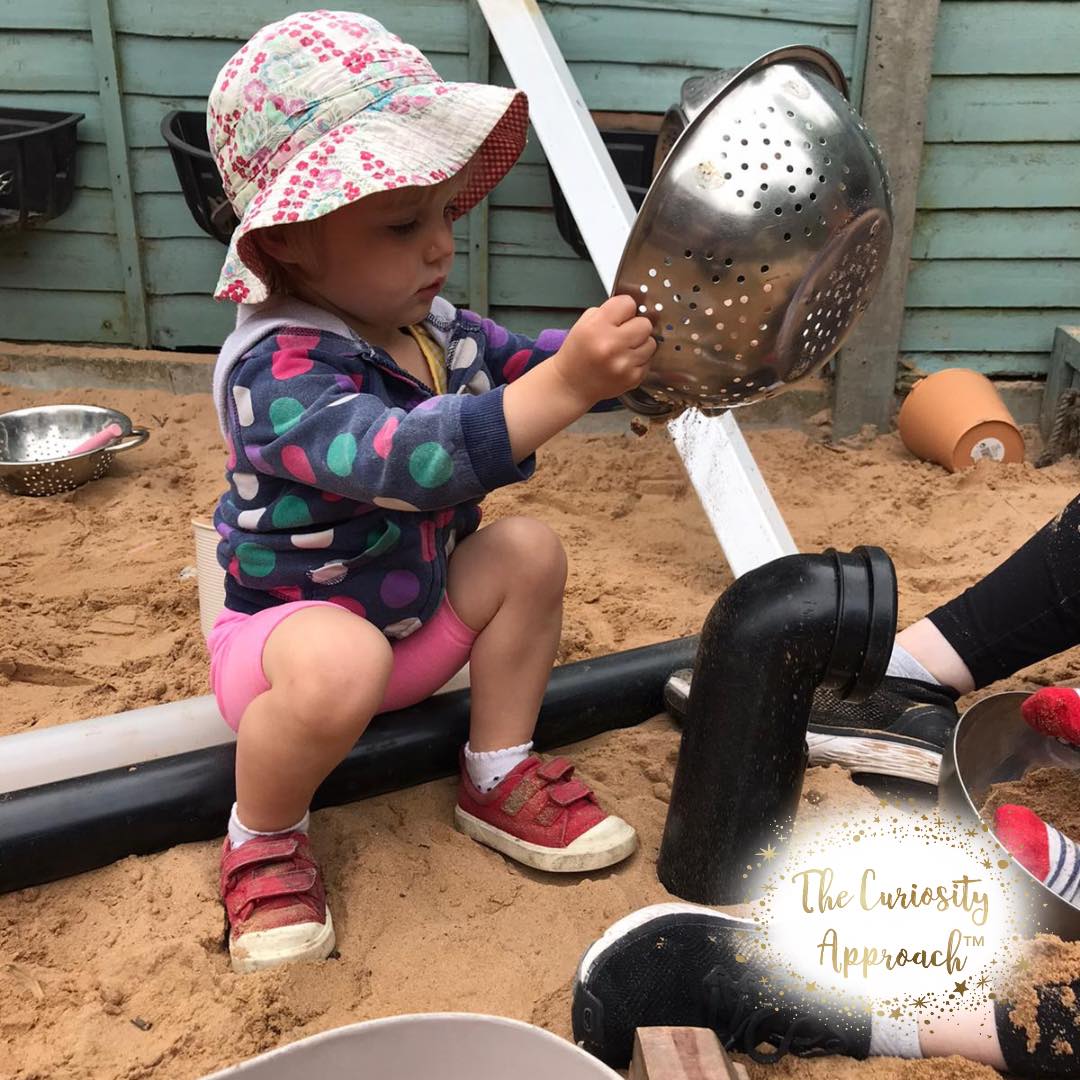Loose Parts
Summer
Loose parts ? Quite often when we think of loose parts we automatically think of small items, little bits and pieces. However loose parts can be as big as drain pipes, guttering or tubing! Did you know SAND is also a loose part? A ‘loose-parts’ toy, as Nicholson defined it, is open-ended; children may use it in many ways and combine it with other loose-parts through imagination and creativity . . . nature, which excites all the senses, remains the richest source of loose parts.” Richard Louv
At The Curiosity Approach settings we provide powerful learning environments in which children can be curious, experiment and explore. To play and work on a large scale, using their whole bodies to move and handle resources. ‘Children learn most readily and easily in a laboratory-type environment where they can experiment, enjoy and find out things for themselves.” Simon Nicholson At all pf our settings we have large sand areas and small, inside and out, sand is a 'resource' always available for the children to explore.
Lets consider HOW sand maybe investigated or used...
- Pouring dry sand from a height to observe the flow,
- To fill and empty a variety of containers
- Using a drain pipe and pouring sand down to experiment with speed and flow
- To sculpt with
- To use with natural loose parts and small world
- To just feel between you hands and toes (it offers such a great sensory experience)
- Sand maybe catapulted threw the air by a child
- The textures and properties can be changed buy adding water
- It can be frozen with water
- You can dye sand
- Mixing
- Creating with
- Add it to paint to add texture to paint
- Enclosing items and burying them in the sand
- creating sloppy sand
- Mark Making
Just a few ways that sand can be used and maybe explored and used by children
Resources to enhance sand play
- Sieves
- Spoons
- Tea set especially tea pots are wonderful for pouring dry sand
- Guttering
- Shells
- Wood slices
- Small world animals
- Water
- Paint



